
Discovered to Have One of the Deadliest Cancers After Just One Warning Sign
Sometimes, a single sign is all it takes to reveal something much more serious than expected. In the world of medicine, early detection can mean the difference between life and death. This truth became shockingly real for many individuals who, after noticing just one subtle symptom, were diagnosed with one of the deadliest types of cancer known today.
Among the most dangerous forms of cancer is pancreatic cancer. What makes this type particularly alarming is not only its aggressive nature but also the fact that it is often detected too late. According to medical statistics, pancreatic cancer has one of the highest mortality rates, with a 5-year survival rate of less than 10%. The reason? It shows very few symptoms in its early stages, and even when signs appear, they are often mistaken for something minor.
One case that illustrates this involved a 52-year-old man who visited his doctor after noticing persistent back pain and mild digestive discomfort. Thinking it was just stress or aging, he delayed seeking help. When he finally went for a check-up, imaging tests revealed a tumor in his pancreas. Within a few weeks, the diagnosis was confirmed: stage III pancreatic cancer. His doctors explained that if he had come in earlier—even just a few weeks—the tumor might have been operable.
So what was the single sign that changed everything? For many patients, it is something seemingly simple: jaundice—a yellowing of the skin and eyes. This occurs when a tumor in the pancreas blocks the bile duct. While jaundice is more commonly associated with liver issues, in some cases, it is the first and only visible indicator of a growing tumor. Other early signs include unexplained weight loss, loss of appetite, or changes in stool color—all of which are easy to overlook.
Another common yet often ignored sign is new-onset diabetes in adults over 50, especially those with no prior history or risk factors. Recent studies suggest that pancreatic tumors can interfere with the body’s insulin production, sometimes leading to sudden diabetes. In these cases, doctors are urging patients and healthcare providers to consider deeper investigations if new diabetes appears alongside symptoms like fatigue or abdominal discomfort.
Why is early detection so difficult? Pancreatic cancer grows deep inside the abdomen, away from areas where it might cause noticeable symptoms. As a result, tumors can grow silently for months. By the time more obvious symptoms like nausea, vomiting, or severe pain appear, the cancer may have already spread to other organs.
Modern imaging techniques like CT scans, MRIs, and endoscopic ultrasounds have helped improve diagnostic accuracy. But they are rarely used unless doctors suspect something serious. That’s why public awareness is critical. Knowing that one subtle sign—like mild jaundice, unusual fatigue, or a sudden change in appetite—could be a red flag might push people to see a doctor sooner.
In conclusion, never ignore unusual signs your body gives you, no matter how minor they may seem. Pancreatic cancer and other deadly diseases often begin silently. But one sign—one symptom—can be the key to catching it in time. As the saying goes, “It’s better to check and be wrong than to ignore and regret.” Listen to your body; sometimes, it’s trying to save your life.
News in the same category

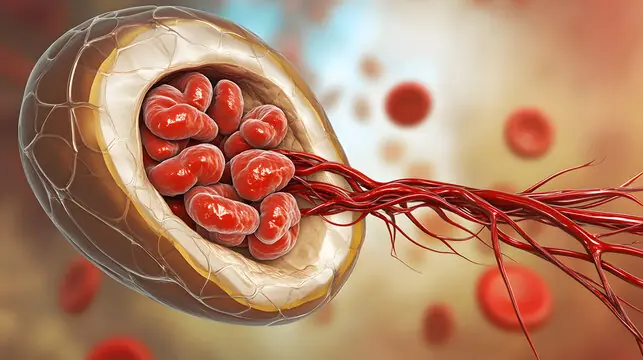
New Tiny Machine Removes Cholesterol from Arteries Without Surgery
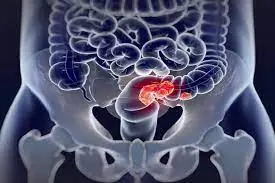
Powerful Simulation Reveals How Cancer Progresses and Ultimately Causes Death

Three Family Members Diagnosed with Thyroid Nodules – The Mother Collapses: “I Thought Eating More of Those Two Things Prevented Cancer”
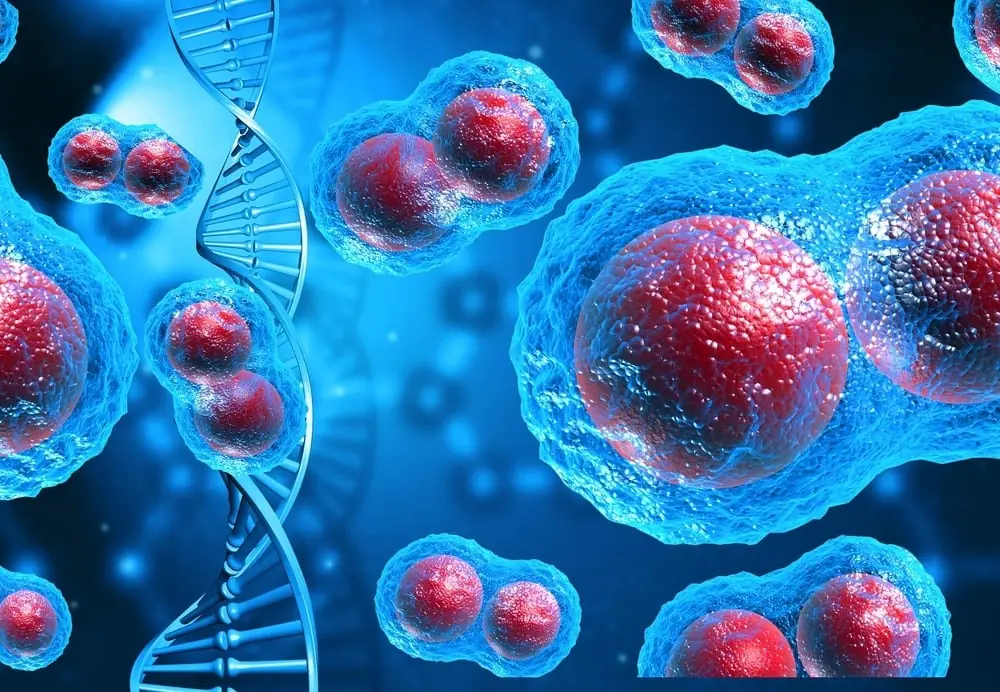
A Family of Four Siblings Diagnosed with Stomach Cancer – Doctor Shakes His Head: Two "Deadly" Common Habits Many People Share
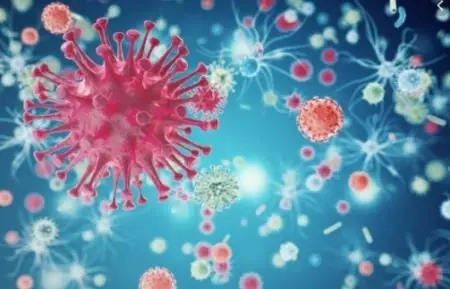
A 49-Year-Old Man Dies of Brain Hemorrhage – Doctor Warns: No Matter How Hot It Gets, Don't Do These Things

England Has Officially Started To Give Out New Injections That Treat 15 Cancers

How to Fade Age Spots: Causes, Treatments, and Prevention That Actually Work

Early Warning Signs of Liver Damage — And How to Protect and Strengthen Your Liver Naturally
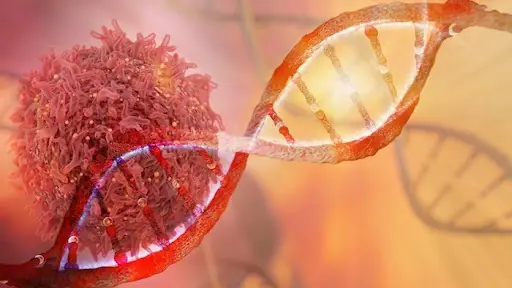
Two Itchy Areas on the Body May Signal Liver Cancer—Many Mistake It for an Allergy

The Number of People with Thyroid Nodules Is Increasing! Doctors Repeatedly Emphasize: Eat Fewer Tomatoes and More of These 3 Foods

More and More People Are Suffering from Visceral Fat! Doctor: 9 Foods That Help Reduce Visceral Fat – Eat Them Regularly
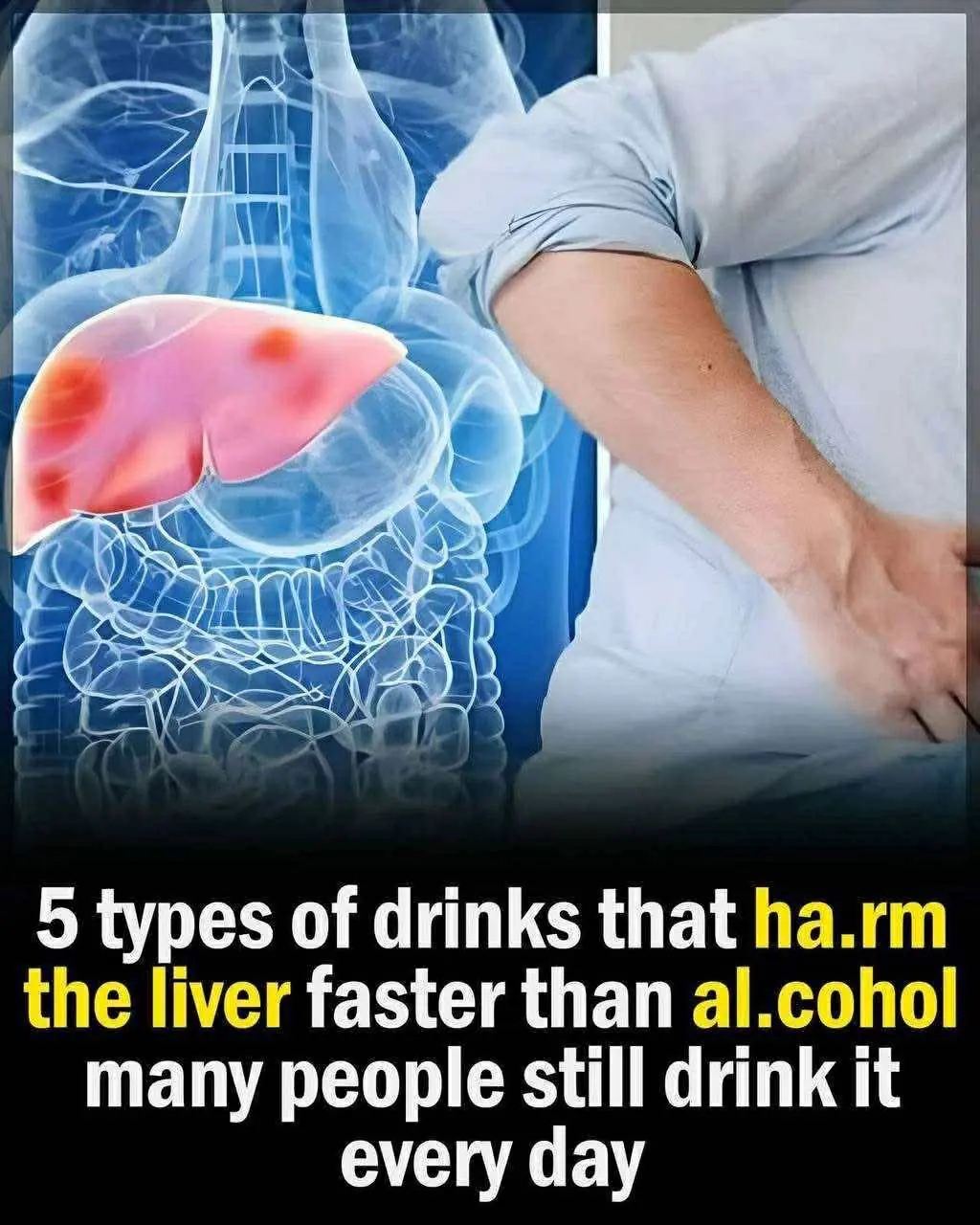
5 everyday drinks that can harm your liver like alcohol

Your Guide to Preparing for the Gynecologist: 10 Key Dos and Don’ts
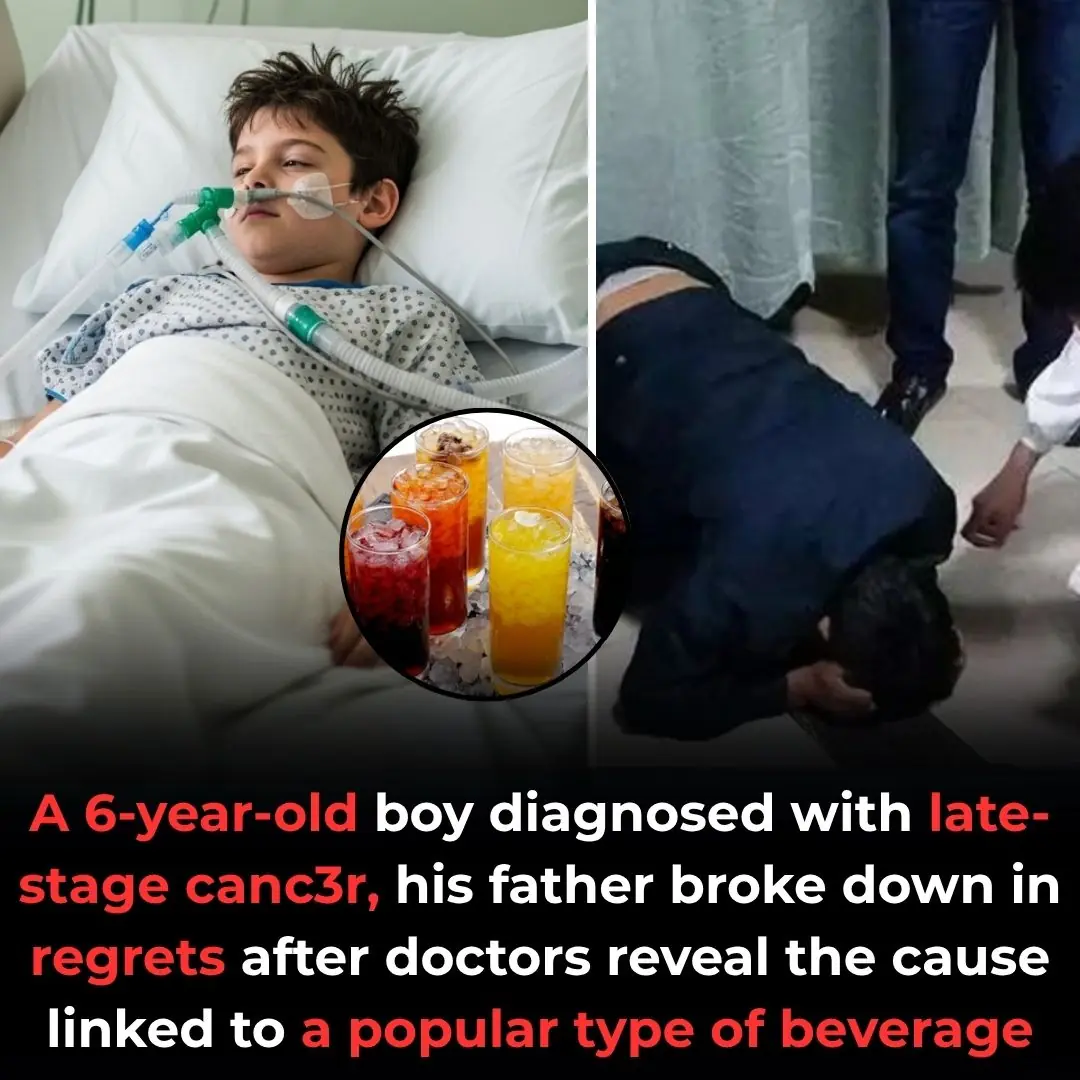
A 6-year-old boy diagnosed with late-stage canc3r, his father regrets after doctors reveal the cause linked to a popular type of beverage
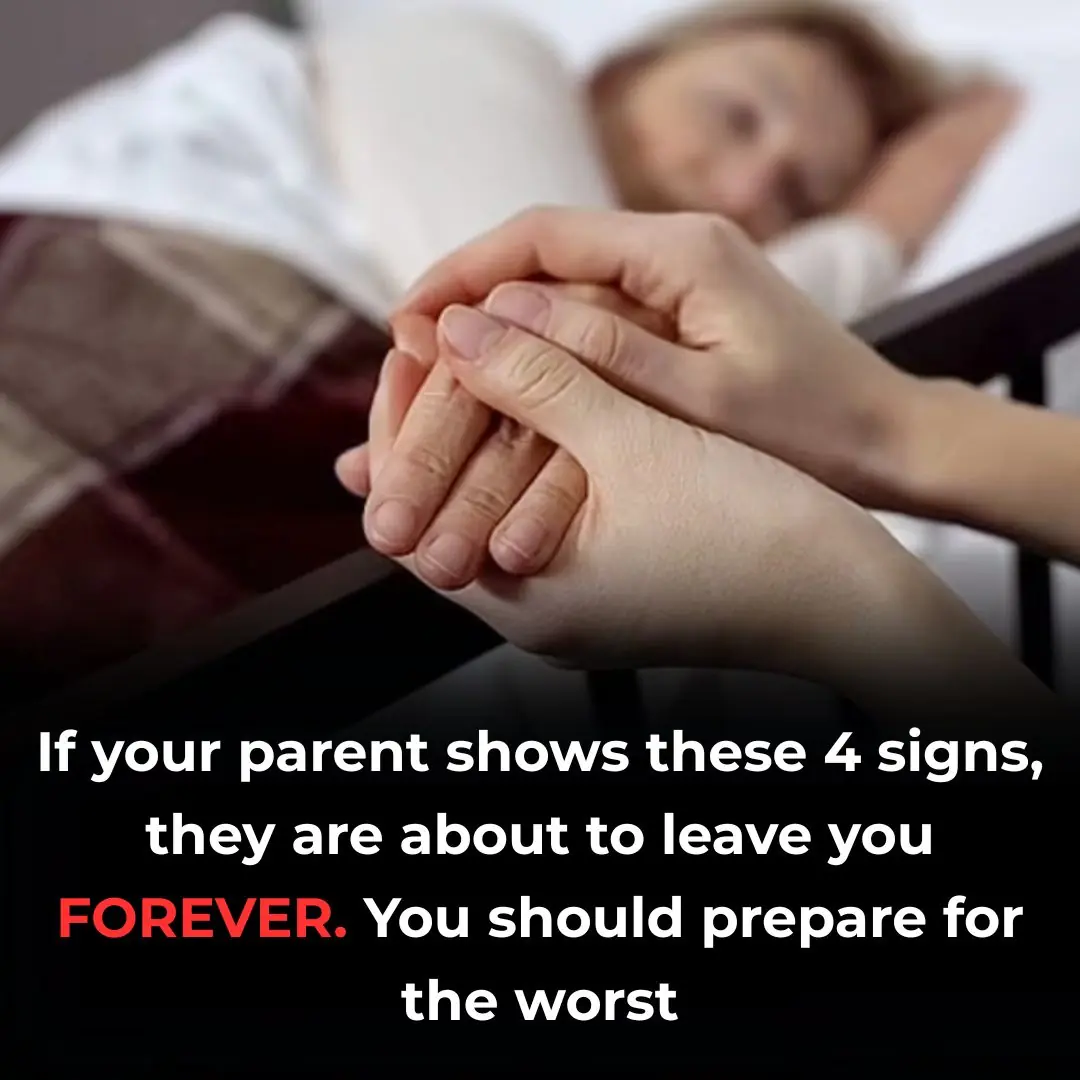
If Your Parent Shows These 4 Signs, They May Be Nearing the End of Life. Prepare Yourself for What’s to Come
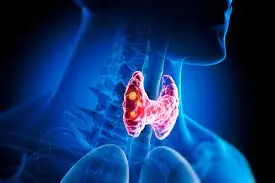
Top 13 Signs That You May Have a Thyroid Disorder

What Can Your Urine Tell You About Your Health?

If You See Someone with Prominent Blue Veins, You Must Tell Them This — It Could Save Their Life
News Post

The Hidden Power of Avocado Seeds: 12 Health Benefits and How to Use Them

The Drink That Will Empty Hospitals in 2025: It Cures Cancer, Diabetes, and High Blood Pressure Without Pills

The Real Benefits of Mixing Lemon with Activated Charcoal

My Wife's Evening Walks Were Always a Mystery—Until I Followed Her and Discovered the Truth

My Daughter-in-Law Started Dropping Off the Kids During My Book Club — So I Taught Her a Lesson in Respect She Won’t Forget

Guava Leaf Tea + Cinnamon: 13 Health Benefits You Can't Miss by Drinking Every Day

I Secretly Learned Sign Language to Connect with My Future In-Laws — But Discovered a Life-Changing Secret Instead

The Silent Boy We Called Ours — Until His First Words Unraveled a Devastating Truth

My Mother-in-Law’s Dog Turned My Life Upside Down — So I Fought Back with One Brilliant Move

He Stole the Inheritance Our Grandmother Left Me — But Fate Had a Better Plan Than Revenge"

Know Your Rights as a Tenant or Resident

A Healing Sip from the Past: The Gentle Power of Rice, Ginger, and Perilla Leaf Tea

7 Foods That FEED Cancer Cells That You're Eating EVERY DAY!

Goldenberries (Physalis peruviana): A Nutrient-Rich Superfruit for Better Health, Vision, and More

Afraid of Surgery, the Woman Used This for 6 Years to Shrink Her Tumor Based on a Tip – Oncologist’s Four Words Left Everyone Stunned

The Surprising Benefits of Drinking Turmeric Water at Night: 8 Reasons You Should Make It a Habit Today 🌙

Cloves, Ginger, and Lipton Tea: A Health-Boosting Trio Worth Gold

New Tiny Machine Removes Cholesterol from Arteries Without Surgery
